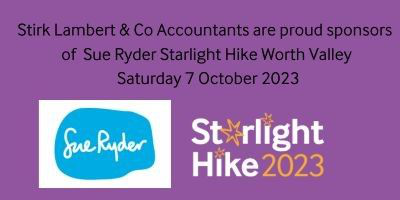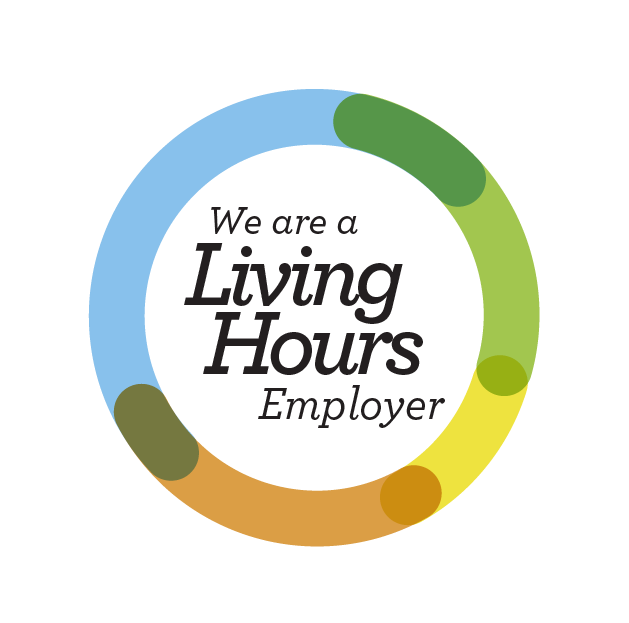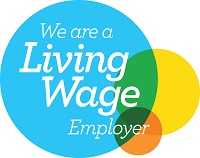May questions and answers
Newsletter issue - May 2020.
Q. I am thinking of buying a new house that I will use as my main residence. I won't sell my current home until I move into the new property. Will I have to pay the additional 3% stamp duty land tax (SDLT) change when I buy the new property?
A. The short answer is yes.
However, in the situation where the purchase of a new residence precedes sale of the old, tax initially paid on the purchase of the new residence will be refundable if the old residence is disposed of within the three-year window.
The original land transaction return may be amended within the later of:
- three months beginning with the effective date of the subsequent sale of the old residence; and
- twelve months beginning with the filing date for the original return.
Q. I started trading on 1 September 2019 and am now thinking about completing my 2019/20 tax return. I have not incurred any capital expenditure and my turnover is less than the current VAT threshold. Should I use 31 March (or 5 April) as my accounting year-end?
A. If you make your business accounts up to 31 March, HMRC will treat this as being made up to 5 April. One advantage of a 31 March/ 5 April year-end is that no 'overlap' profits will be created. Broadly, overlap profits are bought about by being taxed twice in the first two years of trading. You would get relief for this overlap, but potentially this won't be until a much later stage (for example if you change your accounting date, or if you cease to trade). Quite often, profits in a new business are smaller at the start and gradually increase. An advantage of a 30 April year-end is that tax is paid later. So, for a 30 April 2020 year-end, tax will become due for payment on 31 January 2022, and the tax on profits earned between 1 May 2020 and 30 April 2021 will be payable by 31 January 2023. If the business had a 31 March 2021 year-end, the tax on profits earned between 1 April 2020 and 31 March 2021 would not become payable until 31 January 2022. Of course, if you chose a later year-end, you should make sure that you keep enough money aside to pay your tax bill when it becomes due.
Q. How do I register as a self-employed subcontractor in the construction industry?
A. You need to register with HMRC for both self-assessment as self-employed, and under the construction industry scheme (CIS). This does mean that there are two separate registrations, but these can both can be done at the same time.
In most cases you can register as self-employed by calling the HMRC Newly Self-employed Helpline on 0300 200 3504. If you are already registered as self-employed, but need to register under the CIS scheme, you should contact the CIS Helpline on 0300 200 3210.
The contractor for whom you are working will ask you for your unique tax reference (UTR) and you need to provide this before you are first paid, in order to determine which tax deduction rate to use.
The UTR is issued when you are first set up under self-assessment to complete a tax return. If you have not previously been required to prepare a tax return, you will be given a UTR when you register as self-employed.
For further guidance on registration and other obligations for subcontractors, see the Gov.uk website at https://www.gov.uk/what-you-must-do-as-a-cis-subcontractor.



